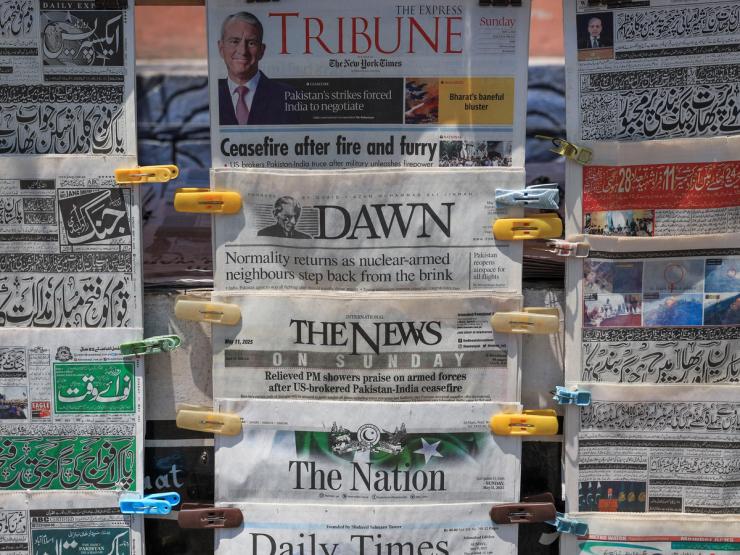Ben’s view
When India and Pakistan slid into conflict last week, it was frankly hard to tell what was going on. Propaganda and censorship limited each country’s press, which had trouble accessing the remote areas where some of the bombs and aircraft fell.
If you were trying to follow on social media, you were soon lost in a “howling wilderness of jingoism, propaganda, misinformation, and unverifiable claims while some terrifyingly real things are clearly happening,” a former top editor of Hindustan Times lamented. “There is so much fog of war now,” an analyst told The Washington Post. “The full picture may never really emerge.”
And so we may have reached the end of a long and uneven march toward transparency in global crises. It began with early war correspondence, accelerating through TV in Vietnam and, later, through social media, from the Arab Spring to Ukraine. That trend stopped in Gaza, where the Israeli government’s limits on outside journalists have let Washington spend its time debating what is actually happening. This shift stems from the full embrace by national governments and their supporters of the idea of “information warfare.”
As one big Indian account posted Thursday: “Perception is the battlefield. If the news damages Pakistan — true or false — amplify it. Post it. Share it. Make it viral. Let panic spread across the border. If the news harms India — even if true — bury it. Suppress it. Disarm it before it spreads. This is not journalism. This is war.”
Notable
- Unrelated and out-of-context imagery, including clips of a Philadelphia plane crash, spread widely on social media as nationalists on both sides championed their country’s cause.
- The Wire, an independent Indian media outlet, was blocked (and then unblocked) by the Indian government.


